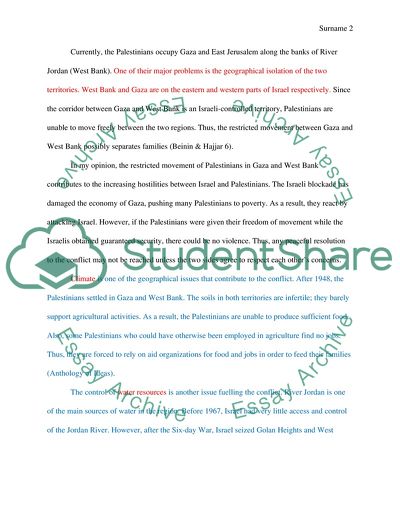Cite this document
(Israeli-Palestinian Conflict Case Study Example | Topics and Well Written Essays - 1500 words, n.d.)
Israeli-Palestinian Conflict Case Study Example | Topics and Well Written Essays - 1500 words. https://studentshare.org/politics/1845298-israel-palestine-conflict
Israeli-Palestinian Conflict Case Study Example | Topics and Well Written Essays - 1500 words. https://studentshare.org/politics/1845298-israel-palestine-conflict
(Israeli-Palestinian Conflict Case Study Example | Topics and Well Written Essays - 1500 Words)
Israeli-Palestinian Conflict Case Study Example | Topics and Well Written Essays - 1500 Words. https://studentshare.org/politics/1845298-israel-palestine-conflict.
Israeli-Palestinian Conflict Case Study Example | Topics and Well Written Essays - 1500 Words. https://studentshare.org/politics/1845298-israel-palestine-conflict.
“Israeli-Palestinian Conflict Case Study Example | Topics and Well Written Essays - 1500 Words”. https://studentshare.org/politics/1845298-israel-palestine-conflict.


